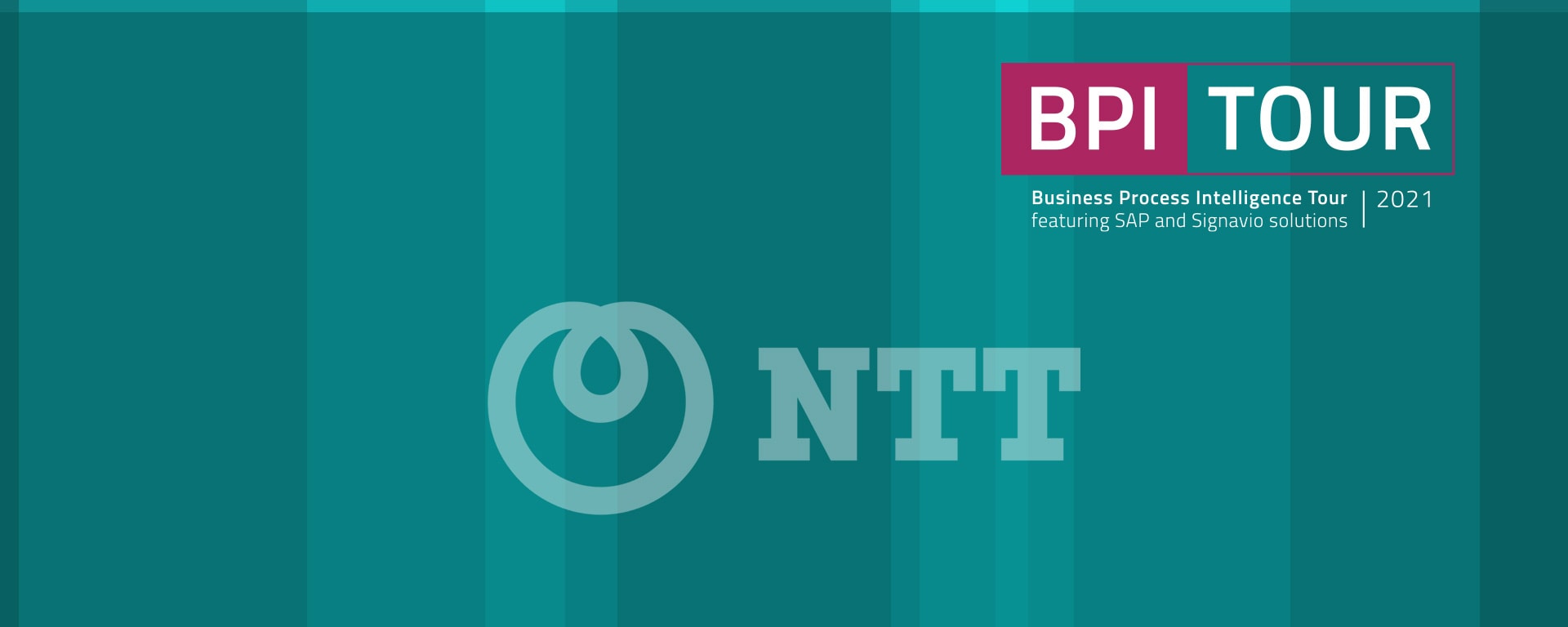How to use process intelligence to enhance customer experience
Every organization should be focused on delivering a first-class customer experience in 2021. Customers have more choice, can switch product or service providers at the click of a button, and loyalty and retention can be hard to achieve. We know from our work with our own customers that BPM can play a vital role in customer experience; understanding exactly how to use process intelligence to enhance customer experience is the key.
The NTT Ltd BPM journey
NTT Ltd came together as an organization in 2019, as a sister company to the NTT Group. It is now one of the world’s most prominent telecommunications companies, bringing together 310,000 people, having a digital presence in 57 countries, and working with around 11K clients globally.
Business process management is fundamental to NTT Ltd, and it focuses on BPM in several key areas, most notably business process modeling, as well as how to interact with processes and then apply them in the real world.
NTT Ltd also has ambitious digital transformation targets and aims to be fully digital by 2023. But how does this become real? How does NTT Ltd know that each country and region is following the processes correctly?
At the BPI Tour, Rashmeer explained the role that process intelligence plays in helping NTT Ltd achieve all these goals. However, the size of NTT Ltd and its operational footprint brought great complexity and difficulty when Rashmeer sought to set up a process intelligence suite to gain more insight into potential areas of improvement.
The importance of process intelligence
SAP Signavio Process Intelligence overlays data from source systems and maps an organization’s processes to data points in the core system, which gives a visual picture of how processes are working. This makes it much easier to understand where things are not working as they should.
Rashmeer identified a number of common reasons for this: global or contextual differences; cross-regional inconsistencies; non-standard practices; non-streamlined sales cycles that happen at different speeds and times, causing sales cycles to get out of sync and process steps to be skipped.
NTT Ltd initially created a Signavio PoC, looking at one end-to-end process and applying conformance to it. The first area was opportunity to order, service fulfillment, service activation, service delivery, and service invoicing, which form a whole cycle of end-to-end processes.
Process intelligence measured KPIs such as time from client order to client purchase order, and time from client contract to invoice. As a result, Rashmeer and NTT Ltd were able to identify non-conformance and look at which segments took the longest. The question then became, how could these be streamlined? Were more resources required, for example?
This is important in areas like the issuing of invoices and the subsequent impact on cash flow. But what was especially impactful for NTT Ltd was the ability to assess when goods went out, then put in place measures to ensure they did so quicker. This means clients get the best customer experience at all times, which is a significant part of the NTT Ltd proposition.
Tips on how to create process flows that deliver insight for mining
Process intelligence is highly effective at identifying non-conformance, using insights to analyze the root cause for the impacted areas or functions, and then streamlining the processes using the data-based insight.
Linking process intelligence with customer experience in this way was hugely beneficial for NTT Ltd, and Rashmeer concluded by passing on her tips to create process flows that deliver insight for mining:
- Include IT systems in your process model - process mining requires a transactional log
- Ensure process performance metrics are recorded as an attribute
- Ensure the events you want to mine are on your BPM and that you have a holistic picture
- If mining an end-to-end process, create a condensed view and link live insights to VACD
- Collaborate with SMEs and application architects that are involved with the systems or processes
To learn more about the impact of process intelligence for real customers, visit the dedicated BPI Tour 2021 landing page today.

